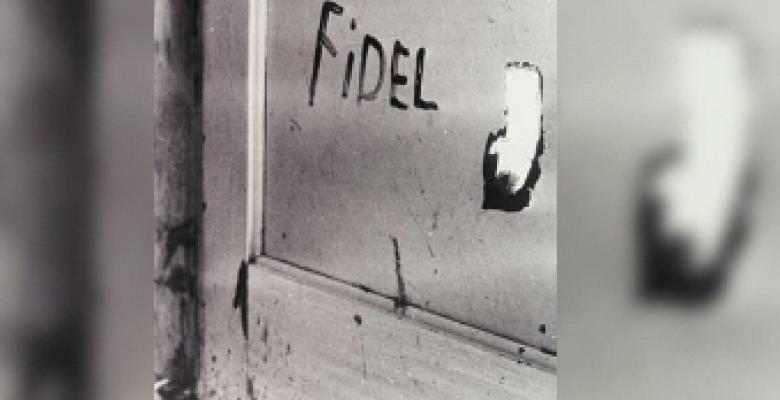The Operation Pluto’s defeat began on April 15th
especiales

60 years ago, in the early hours of April 15th, 1961, nine B-26 bombers painted with the standard of the Cuban air force, took off from the small airport in Puerto Cabezas, Nicaragua, as part of the Operation Pluto in the Bay of Pigs Invasion.
When arriving in the surrounding area of south Isla de Pinos, they went on three different directions: The Puma wing, with three bombers, flew to the Ciudad Libertad airfield; the Linda wing, also with three bombers, flew to the San Antonio de los Baños air force base, while the Gorilla wing, with two, flew to the eastern side of Cuba to attack the Santiago de Cuba airport.
The blitz attack’s goal was to destroy the small air fleet of Cuba in order to guarantee the air control by the mercenary brigade and at the same time, terrorize the population of the nation's two most important cities.
The heads of the CIA were convinced of the demoralizing effects that similar operations had provoked in Guatemala during the invasion, also carried out by mercenaries, when the CIA toppled the progressive government of Jacobo Arbenz. However, the countdown of the greatest defeat of the American empire in the region actually began that April 15th.
As part of the operation, a ninth bomber flew to Florida for its pilot issued a public statement on the allegedly defection of the Cuban Revolutionary Air Force pilots, opposed to the Revolution, who would “take credit” for the action, aiming at covering the US involvement in the conception and organization of the invasion.
Few times in the US agency history, there had been so many failures since the beginning of a covert operation in the military, political, and media field due to all kinds of miscalculations and its sloppy attempts to deceive the world’s public opinion.
From the military perspective, Cuba’s top leaders expected an attack to the air force bases and ordered to deploy and hide in airfields the nearly 20 fighter planes, which were somehow ready to counterattack. These planes were in precarious conditions to fly and with no spare parts, while the number of pilots was really limited.
In early 1961, the Socialist Bloc and the USSR had delivered FAR (Cuba’s Army Force) hundreds of anti-aircraft batteries, the so-called cuatro-bocas (four mouth), as well as anti-aircraft guns. Young artillerymen, after an accelerated training, deployed with their weapons to defend the airports in Ciudad Libertad, San Antonio de los Baños, and Santiago de Cuba.
The blitz attack did not have a major impact on our combatants and pilots, who stood all the time very close to their anti-aircraft guns or even slept under the fighter planes’ wings, which showed a huge commitment to repel the imminent military aggression, even before that April 15th.
Only five B-26 bombers could find a way back to Nicaragua, the other three were hit and had to return to third countries, according to one American source, one of them was shot down and crashed into the sea.
The wing responsible for attacking Ciudad Libertad was repelled by an intense anti-aircraft fire executed by young men whose ages ranged from 14 to 17 years old.
The enemy bombers, before such counterattack, focused their fire on the surrounding areas of the air base, killing seven people, including militiaman Eduardo García Delgado, who wrote the name of Fidel with his own blood before dying. Other 53 neighbors were wounded.
This action did not destroy the main fighter planes that were able to be preserved, which afterwards played a major role in the clash that led to victory.
Meanwhile, the mercenary pilot who landed in Florida was up to his task, but few believed the deceit that he was part of a group plotting in the island. He proved so unconvincing that he was not introduced as Cuba demanded, with the White House refusing, under the mind-blowing pretext that the pilot’s family needed to be protected.
The US lost the battle in the UN when the smokes of the battle had not vanished yet, Cuba’s chancellor Raúl Roa, in the morning of April 15th, denounced the attacks at the plenary of the institution and guaranteed Cuba’s claims were heard and supported by most of member countries of the UN.
And in case some still did not believe in the decision of the Cuban people to defend their nation, their resolve was evident 24 hours after the air raids, when in the victims’ funeral held at the Cristobal Colón Cemetery, the Commander in Chief Fidel Castro declared the socialist nature of the Cuban Revolution, which forged the Bay of Pigs’ victory.
Translated by Sergio A. Paneque Díaz / CubaSí Translation Staff













Add new comment